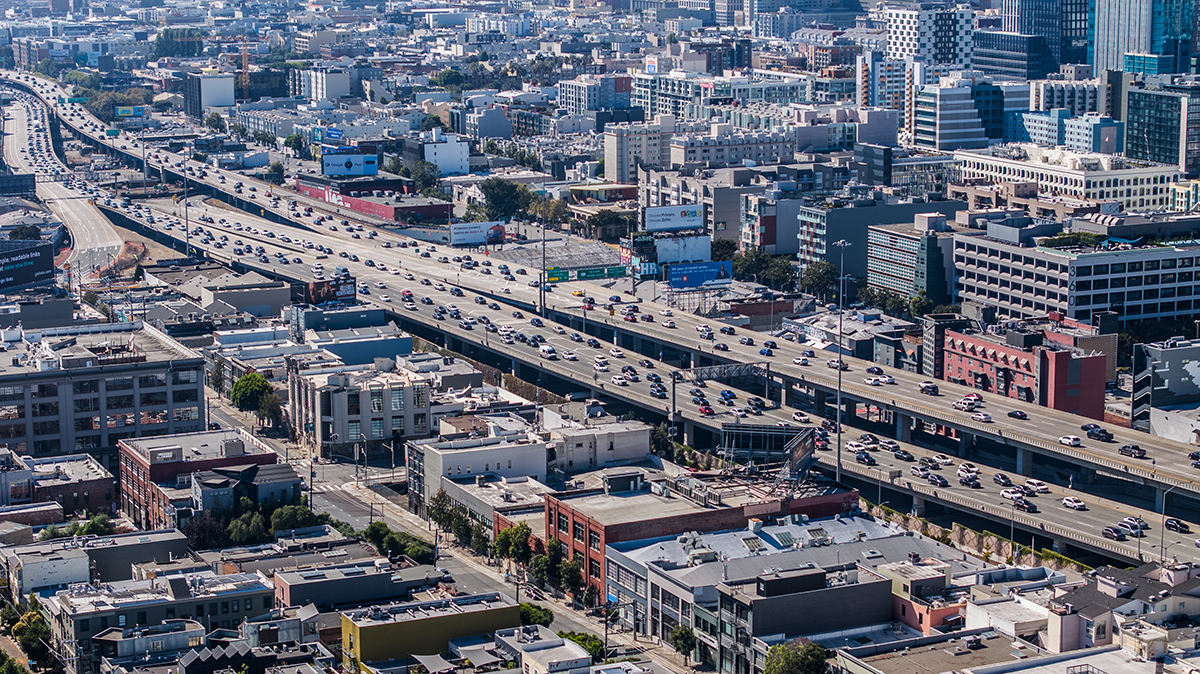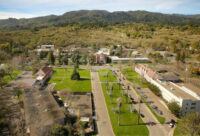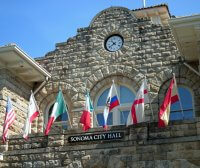Of the nine counties that comprise the Bay Area, three have avoided becoming part of megalopolis: Marin, Sonoma and Napa. The natural barrier of the Bay between San Francisco and Marin still poses an obstruction to the wholesale exploitation of the North Bay. Had BART been extended under the bay to Marin County from San Francisco, by now everything would be completely different.
It’s ironic that the mass transportation infrastructure built to move workers to Bay Area businesses and corporate employers now faces partial obsolescence. High speed Internet has promoted remote work, and it turns out that many, if not most, employees prefer to work from home or the corner coffee shop. The 50 percent vacancy rate of big office buildings in San Francisco gives testimony to this wave of change.
The challenge for the still semi-rural counties of the North Bay is the combination of capital-intensive economics and swift technological change. The force of economics always threatens small towns and cities with insolvency. A flood of state mandates require jurisdictions to complete studies and reports that few have the internal expertise to handle, so they must spend fortunes on consultants.
In addition, the relentless increase in the cost of government, roughly 4-5 percent per year, demands continuous revenue growth. That growth, historically provided through local sales tax revenues and fees, has been reduced by Internet transactions. The impact of Amazon and online retailing is now felt across all retail sectors. This trend will not only continue but exacerbates the financial problems of local government.
Some cities, particularly here in the North Bay counties, have resorted to approving tourist-serving businesses like hotels to beef up revenues. Hotels, like other segments of the traditional economy, are also being affected by changing tastes and travel habits, however. Many tourists now prefer to book a vacation home or apartment to avoid the interruptions, tipping, high fees, and $60 breakfast for two at big hotels. Future reliance by cities on ever-growing room tax revenues looks iffy at best.
During the ‘80s and ‘90s, East Bay counties like Contra Costa developed huge housing projects in greatly expanded cities that sat astride BART’s routes and stations. Positive assumptions about megalopolis prevailed, and the Bay Area as a whole seemed poised to become a northern California version of the sprawling Los Angeles area. Gratefully, the North Bay lagged behind, and still does. But the threat has not disappeared.
Financial capital searches for opportunities to increase and propagate itself. In conventional business terms, it’s called exploiting financial growth opportunities, and what’s happening to the SDC property, in Glen Ellen, is a prime example. At its worst, predatory behavior drives well-established local businesses under and forces communities to relentlessly chase a buck. Sonoma County and the City of Sonoma are, and will be, hard pressed to keep up with ever-increasing financial and cultural pressures. Sales tax hikes only solve government’s financial problems temporarily; the structural imbalance is too deeply embedded.
Development pressure is like air pressure; you may not feel it bearing down, but it’s always there, ready to rush in through any regulatory gap, or to exploit an opportunity provided by an opening. When small cities and towns are faced with tough economic times, resistance is futile. Although local government is not a business, it needs to think like one: be nimble, negotiate harder, maintain a human scale, and always put the needs of its residents first.
Sonoma Valley Sun Editorial Board






Be First to Comment